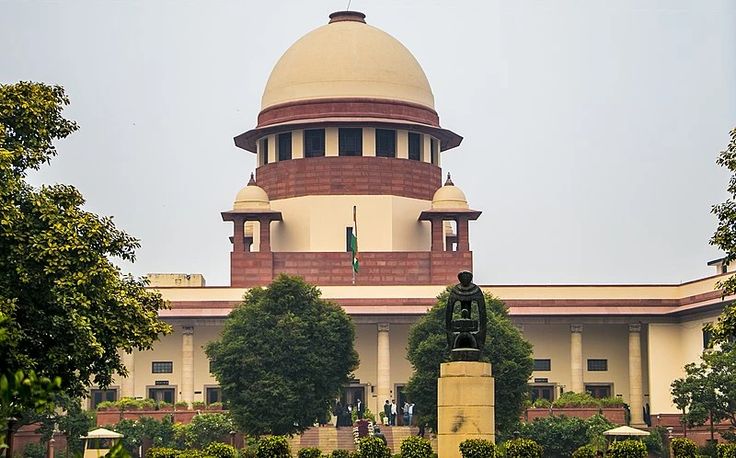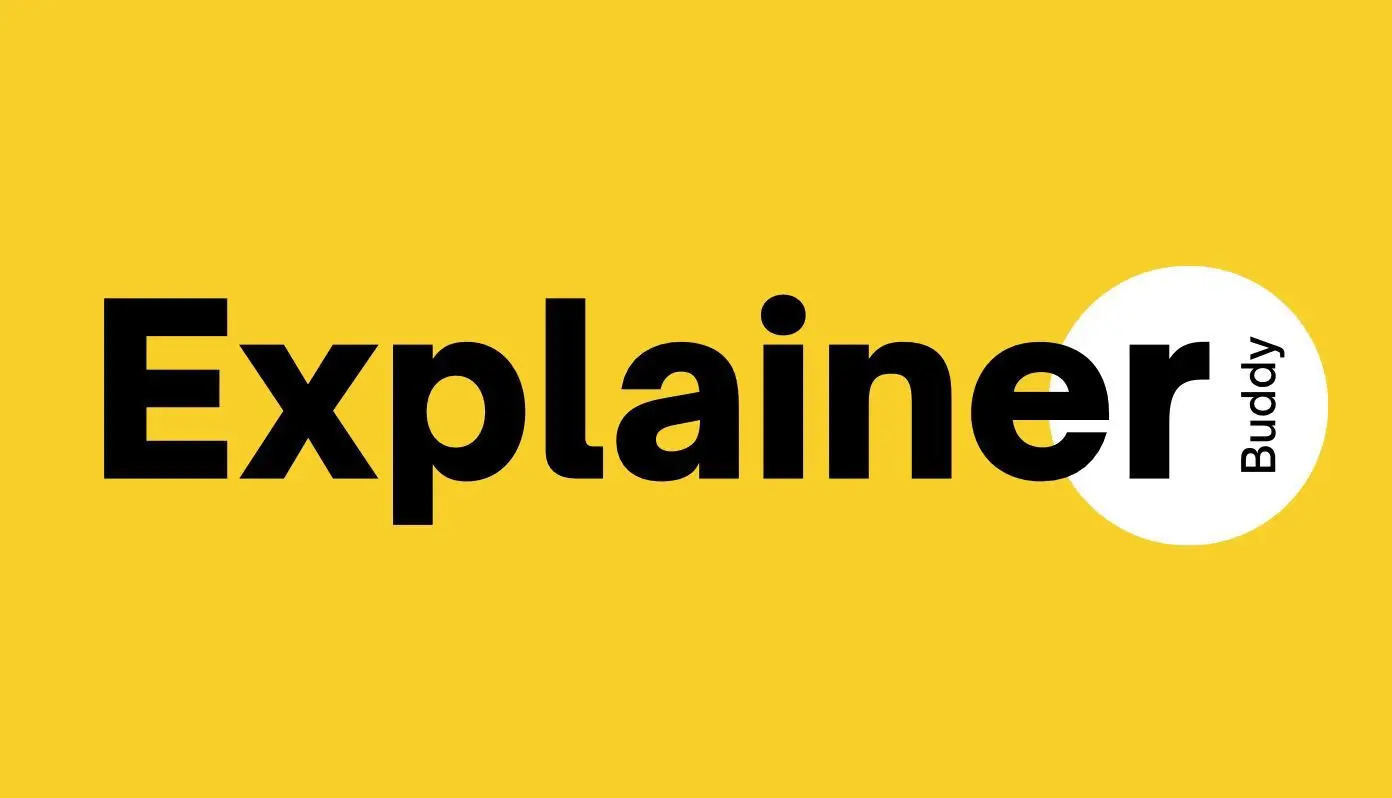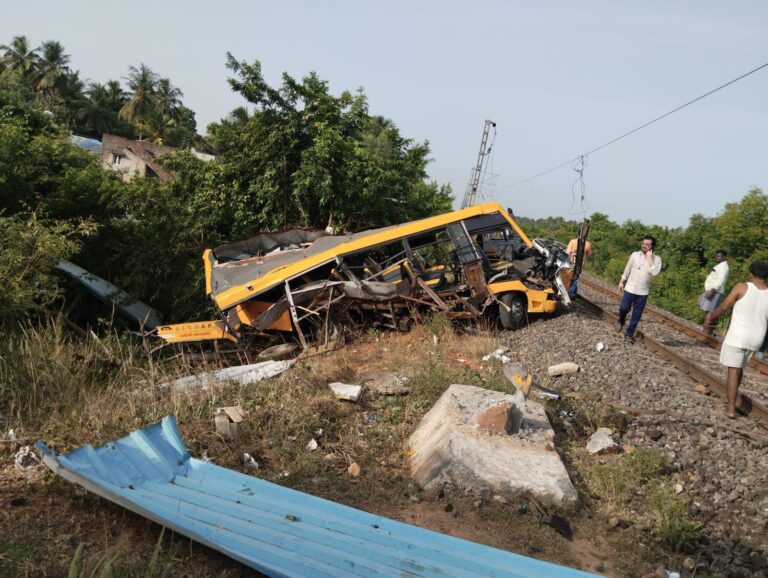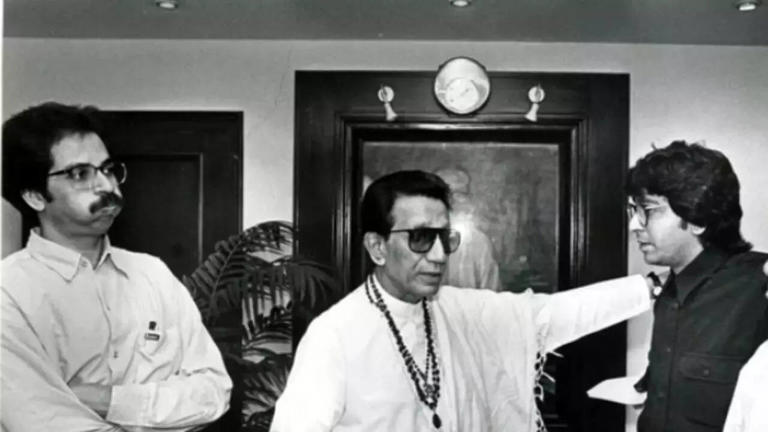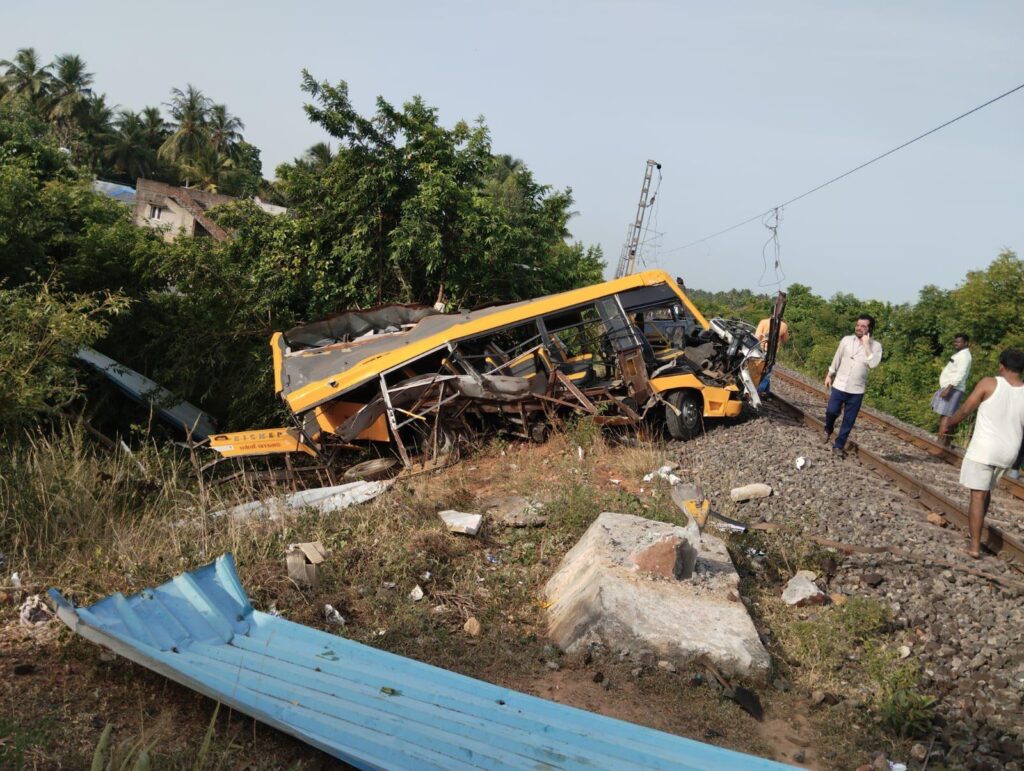How Timelines for Presidential Assent Strengthen Democracy While Sparking Judicial Overreach Concerns
In a landmark verdict in 2025, the Supreme Court of India mandated a three-month deadline for the President to decide on state bills reserved by Governors, a ruling hailed as a boost for democracy and federalism but criticized for potential judicial overreach. This decision addresses long-standing issues of delayed assent to state legislation, particularly in cases like Tamil Nadu, where Governors withheld bills for extended periods. However, it has also sparked debate about the Court’s role in executive functions.
Supreme Court Mandates Timelines for Presidential Assent on State Bills
— United Indian (@TheUnitedIndia2) May 5, 2025
In a landmark judgment, the Supreme Court of India has established a three-month deadline for the President to decide on state bills reserved by Governors under Article 201 of the Constitution. This ruling… pic.twitter.com/7KR5TZaEbE
What the Ruling Entails
The Supreme Court ruled that the President must act on state bills within three months of receiving them from the Governor. If the deadline is missed, the Centre must provide reasons to the state. The judgment prohibits Governors and the President from using an “absolute veto” or “pocket veto” by indefinitely delaying decisions. Any withholding of assent requires clear, recorded reasons to ensure transparency. This decision aligns with recommendations from the Sarkaria and Punchhi Commissions, which advocate for time-bound actions to maintain federal balance.
Justice Joseph said that judgment furthered the cause of democracy and federalism.
— Live Law (@LiveLawIndia) May 5, 2025
Read more: https://t.co/OPOkA4Xpsh#SupremeCourt pic.twitter.com/utjaffegWm
The ruling was prompted by cases where Governors, notably in Tamil Nadu, delayed assent to bills, stalling state legislation. The Court invoked Article 142, granting it powers to ensure “complete justice,” to clear 10 stalled bills, a move that has drawn both praise and criticism.
Why It Strengthens Democracy and Federalism
The verdict enhances the legislative autonomy of elected state governments by preventing central authorities from arbitrarily delaying or blocking bills. It ensures that Governors, as constitutional figureheads, respect the mandate of state legislatures and act within a fixed timeline—one month for assent or reservation, three months for Presidential assent. This reduces discretionary obstruction and promotes accountability, as Governors are now subject to judicial scrutiny through writ petitions.
Legal experts have praised the ruling as a “victory for democracy, federalism, and good governance.” By curbing delays, it upholds the will of elected state governments, reinforcing the federal structure where states have significant legislative powers. The decision also reaffirms that constitutional functionaries like Governors and the President are not above judicial review, ensuring checks and balances.
Concerns of Judicial Overreach
Critics, including Vice President Jagdeep Dhankhar, argue that the Court’s use of Article 142 to clear bills bypasses the constitutional roles of Governors and the President, amounting to judicial enforcement rather than review. By setting strict timelines and directing assent to bills, the Court is seen as encroaching on executive functions, potentially undermining the separation of powers. Some legal scholars contend that this sets a precedent for judicial intervention in areas reserved for the executive and legislature, raising concerns about the balance of power in India’s federal structure.
Impact on State-Governor Dynamics
The ruling shifts the dynamics between state governments and Governors. Governors can no longer delay bills indefinitely, fostering smoother legislative processes. The threat of judicial oversight compels Governors to act transparently, reducing friction with state governments. However, the Court’s intervention may strain relations if Governors perceive it as diminishing their constitutional authority.
This verdict is a pivotal moment for Indian federalism, balancing state autonomy with constitutional checks. While it empowers state legislatures, the debate over judicial overreach highlights the need for clarity in the roles of constitutional authorities. The ruling’s long-term impact will depend on how it shapes future interactions between states, Governors, and the judiciary.


